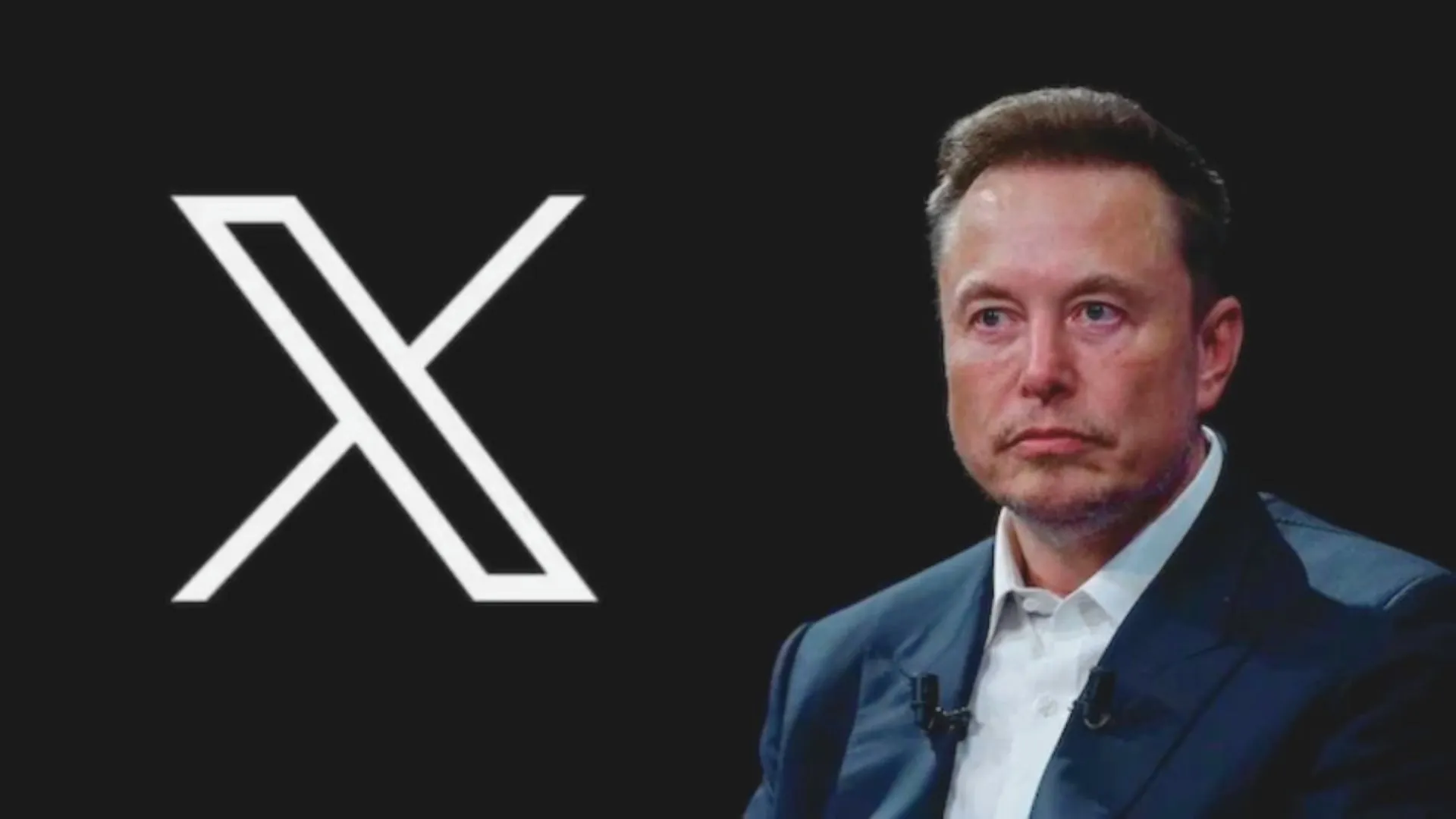The Union government has firmly stated before the Karnataka High Court that social media platform X (formerly Twitter) has no legal right to challenge content removal orders issued by the Indian authorities. The government also warned that non-compliance with these directives could result in X losing its “safe harbour” immunity under Indian law, making it legally liable for user-generated content.
Government’s Argument: No Right to Oppose Takedown Orders
In a strongly worded affidavit, the Centre emphasized that under the Information Technology (IT) Act, intermediaries like X do not have the right to question or resist content removal orders in court. It stressed that any opposition to such directives would lead to the revocation of X’s legal protection.
“The intermediary as per the scheme of the Information Technology (IT) Act has no right or locus, at all, to take up the case of its users against any orders passed by the competent authority under section 79 of the Act or else it loses its safe harbour protection,” the affidavit stated.
The government further criticized X for allegedly adopting “double standards,” arguing that while the platform challenges takedown orders in India, it voluntarily removes content under its internal policies in other instances.
X’s Legal Challenge and Government’s Response
X had filed a petition questioning the government’s use of Section 79(3)(b) of the IT Act, arguing that this provision enables an illegal parallel content-blocking mechanism, contrary to the Supreme Court’s ruling in the 2015 Shreya Singhal case. The company contended that content could only be legally removed through a court order or under the structured process of Section 69A of the IT Act.
However, in its response submitted on Thursday, the Centre, represented by Solicitor General Tushar Mehta, countered that X, being a foreign company, does not possess fundamental rights under the Indian Constitution, including the right to free speech.
“The only statutory right it has is conferred under Section 79 of the IT Act (safe harbour), which does not empower it to solicit hosting or defend removal of the information & data of third parties hosted on its platform,” the affidavit stated.
Compliance with Takedown Orders is Mandatory
The government reiterated that intermediaries in India must comply with takedown notices within 36 hours of receiving “actual knowledge” through a court order or notification from an authorized government agency to retain their “safe harbour” protections.
“If the intermediary seeks to claim any safe harbour protection in the future, it must act swiftly to remove or disable access to the prohibited content within 36 hours of receiving the court order or notification,” it warned.
“Safe Harbour” is Not Absolute, Says Government
The Centre stressed that “safe harbour” is a conditional privilege, not an absolute right. The affidavit pointed out that worldwide, intermediaries are protected from liability only if they act as neutral platforms and do not actively modify content.
It accused X of hypocrisy, stating that while the company regularly removes content flagged by users or victims based on its internal policies, it resists similar requests from the Indian government.
“The petitioner has put in place a mechanism for removal or disabling of access to any such information on a voluntary basis when reported by the user or a victim, as is evident from its Transparency Reports (on user grievances and proactive monitoring),” the response noted. “However, the objection of the petitioner to remove or disable access to any such information flagged or notified by the appropriate government agencies/nodal officers is not understandable and tantamount to double standards.”
Need for Content Regulation Beyond Section 69A
The government emphasized that content regulation extends beyond national security concerns covered under Section 69A of the IT Act. Other harmful content categories requiring regulation include child sexual exploitation material (CSEM), cyberbullying, phishing, impersonation, non-consensual intimate images, fake news, self-harm content, and illicit trade activities.
It clarified that government agencies are responsible for identifying such content and ensuring its removal. “If such information is identified by the authorized agency of the appropriate government or brought to notice by a user or victim, then such an agency will be responsible for verifying the unlawfulness of such information and notifying the concerned intermediary for removal or disabling access,” the response stated.
X’s Opposition to “Sahyog” Portal Rejected
X has also opposed using “Sahyog,” an I4C portal meant to manage Section 79(3)(b) orders, labeling it a “censorship portal.” The company argued that no legal provision mandates its use or requires appointing a nodal officer for it.
In response, the government condemned X’s terminology. “By raising a groundless concern of censorship, the petitioner is attempting to conflate its position with that of a user who posts content on its platform, which it is not. It is submitted that the use of the said terminology by a worldwide portal like ‘X’ is unfortunate and condemnable,” the affidavit stated.






















